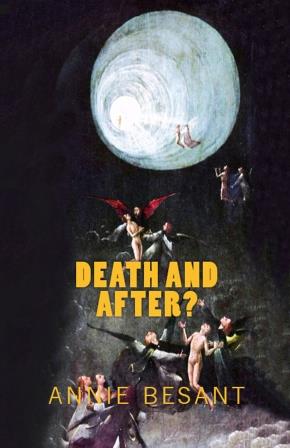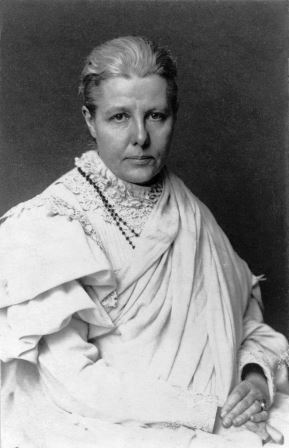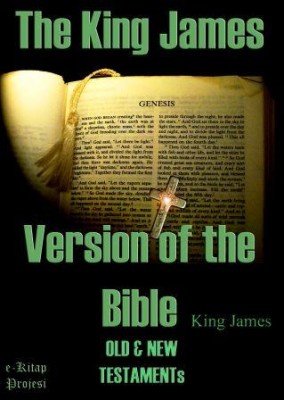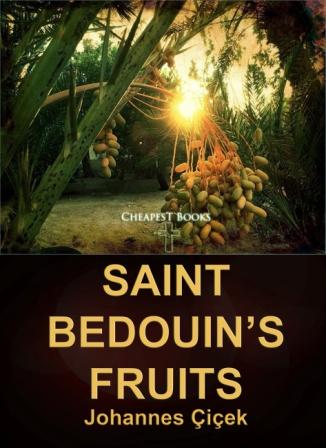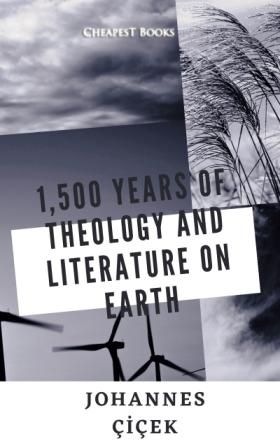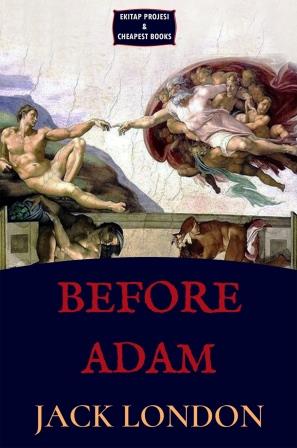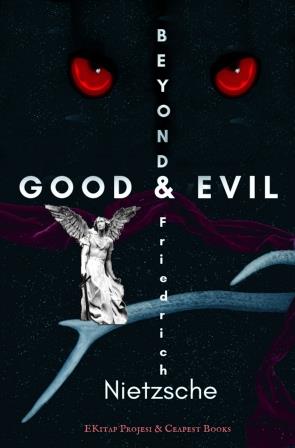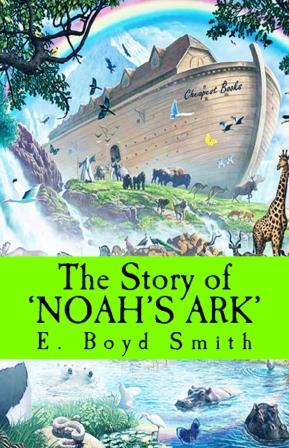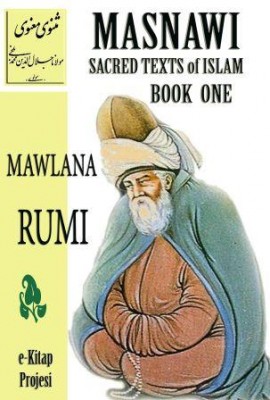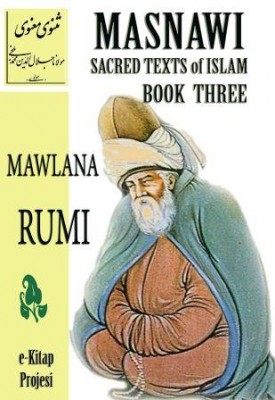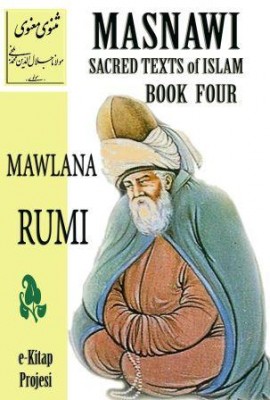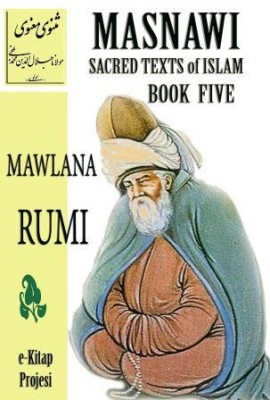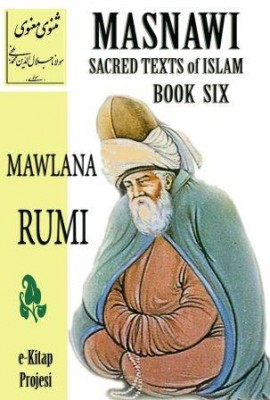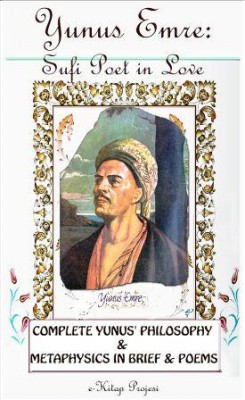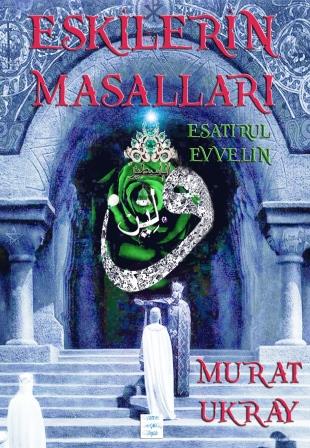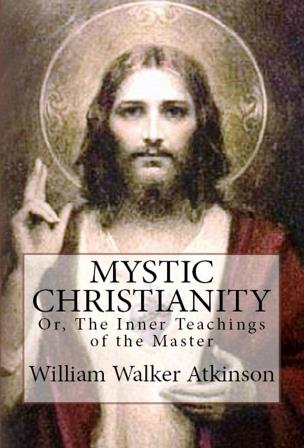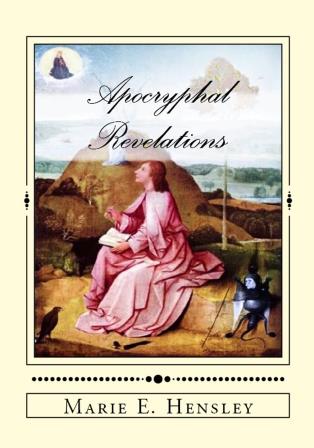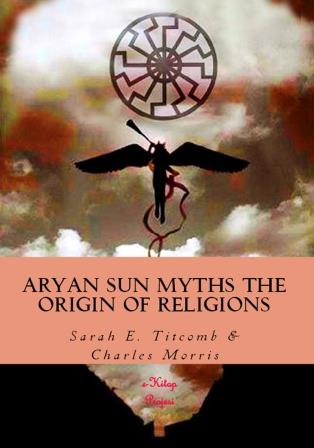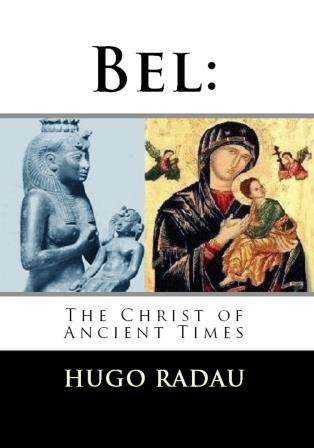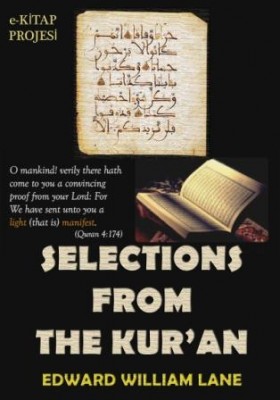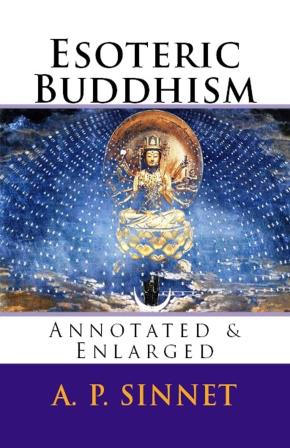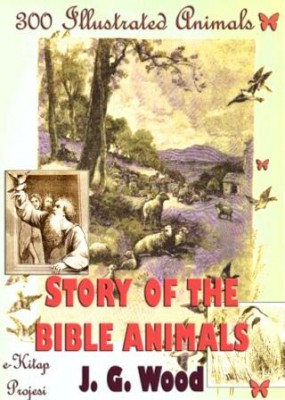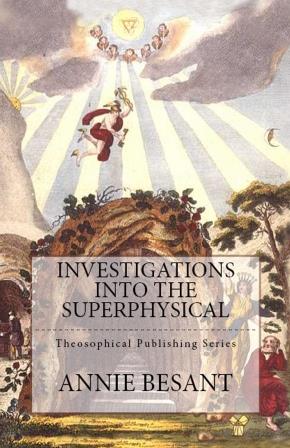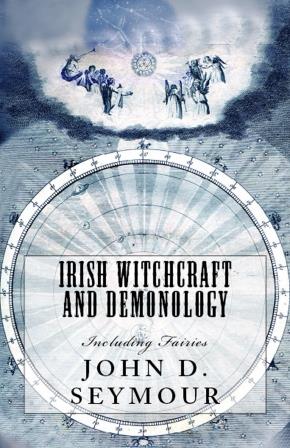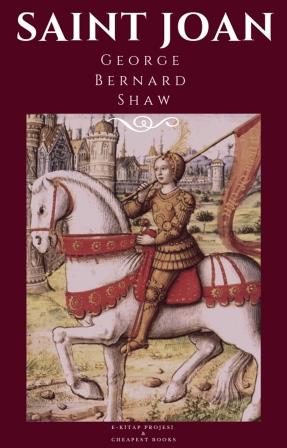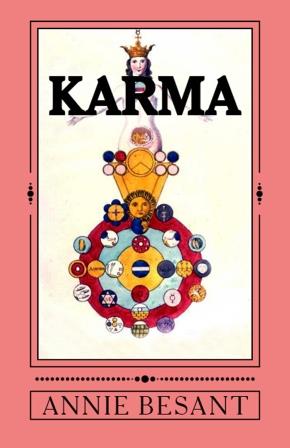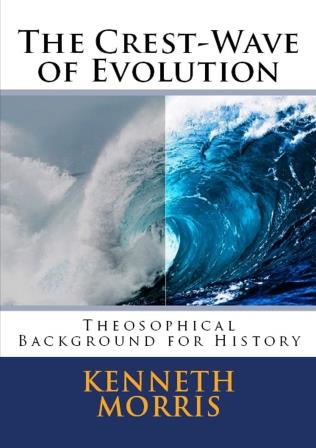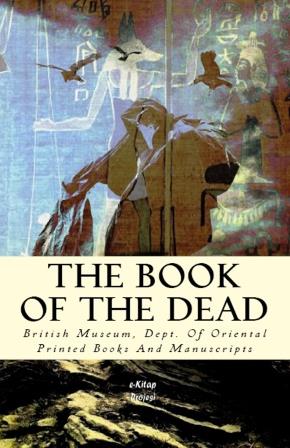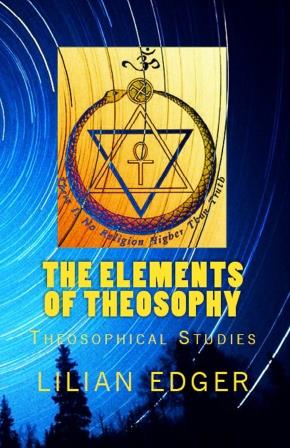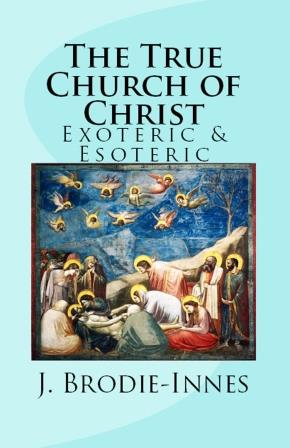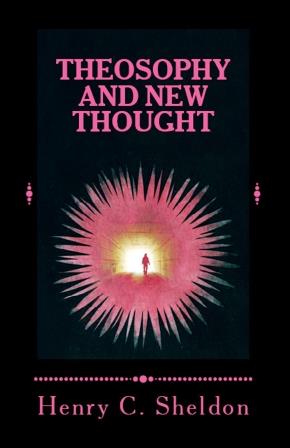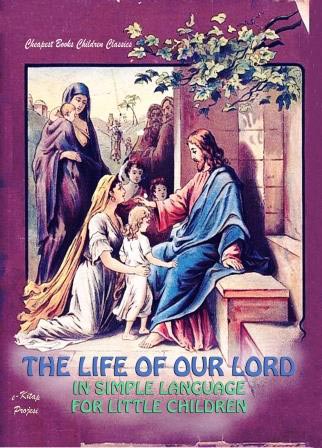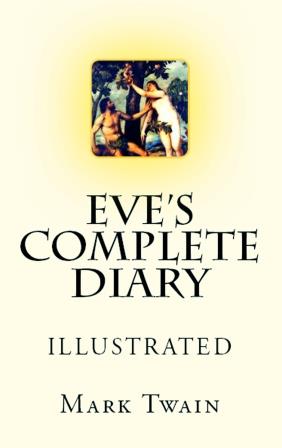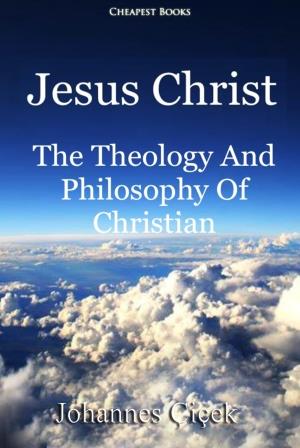THEOSOPHY is not only for the learned; it is for all. Perhaps among those whoin these little books catch their first glimpse of its teachings, there may be a few who will be led by them to penetrate more deeply into its philosophy, its science, and its religion, facing itsabstruser problems with the student's zeal and the neophyte's ardour. But these Manuals are notwritten for the eager student, whom no initial difficulties can daunt; they are[v]written for the busy men and women of the work-a-day world, and seek to make plain some of the great truthsthat render life easier to bear and death easier to face. Written by servants of the Masters who arethe Elder Brothers of our race, they can have no other object than to serve our fellow-men.
WHO does not remember the story of the Christian missionary in Britain, sitting one evening inthe vast hall of a Saxon king, surrounded by his thanes, having come thither to preach the gospelof his Master; and as he spoke of life and death and immortality, a bird flew in through anunglazed window, circled the hall in its flight, and flew out once more into the darkness of thenight. The Christian priest bade the king see in the flight of the bird within the hall the transitorylife of man, and claimed for his faith that it showed the soul, in passing from the hall of life,winging its way not into the darkness of night, but into the sunlit radiance of a more gloriousworld. Out of the darkness, through the open window of Birth, the life of a man comes to theearth; it dwells for a while before our eyes; into the darkness, through the open window of Death,it vanishes out of our sight. And man has questioned ever of Religion, Whence comes it?Whither goes it? and the answers have varied with the faiths.
Today, many a hundredyear since Paulinus talked with Edwin, there are more people in Christendom who questionwhether man has a spirit to come any whence or to go any whither than, perhaps, in the world’shistory could ever before have been found at one time. And the very Christians who claim thatDeath’s terrors have been abolished, have surrounded the bier and the tomb with more gloomand more dismal funeral pomp than have the votaries of any other creed. What can be moredepressing than the darkness in which a house is kept shrouded, while the dead body is awaitingsepulture? What more repellent than the sweeping robes of lusterless crape, and the purposedhideousness of the heavy cap in which the widow laments the “deliverance” of her husband“from the burden of the flesh”?
As if trying tosee how miserable they could make themselves by the imposition of artificial discomforts.Welcome common-sense has driven custom from its throne, and has refused any longer to addthese gratuitous annoyances to natural human grief.In literature and in art, alike, this gloomy fashion of regarding Death has been characteristic of Christianity. Death has been painted as a skeleton grasping a scythe, a grinning skull, athreatening figure with terrible face and uplifted dart, a bony scarecrow shaking an hourglass – all that could alarm and repel has been gathered round this rightly-named King of Terrors.
Milton, who has done so much with his stately rhythm to mould the popular conceptions of modern Christianity, has used all the sinewy strength of his magnificent diction to surround withhorror the figure of Death..
